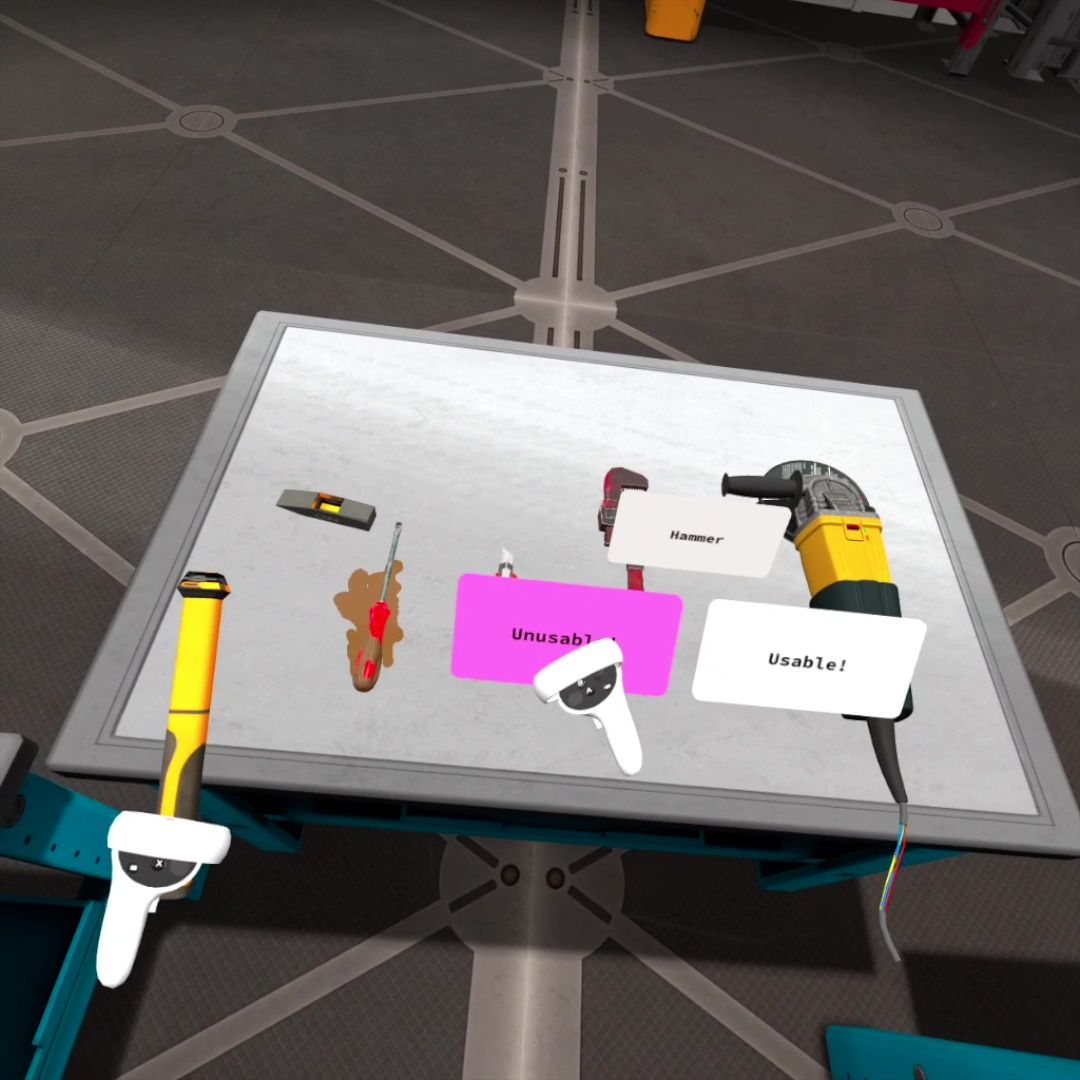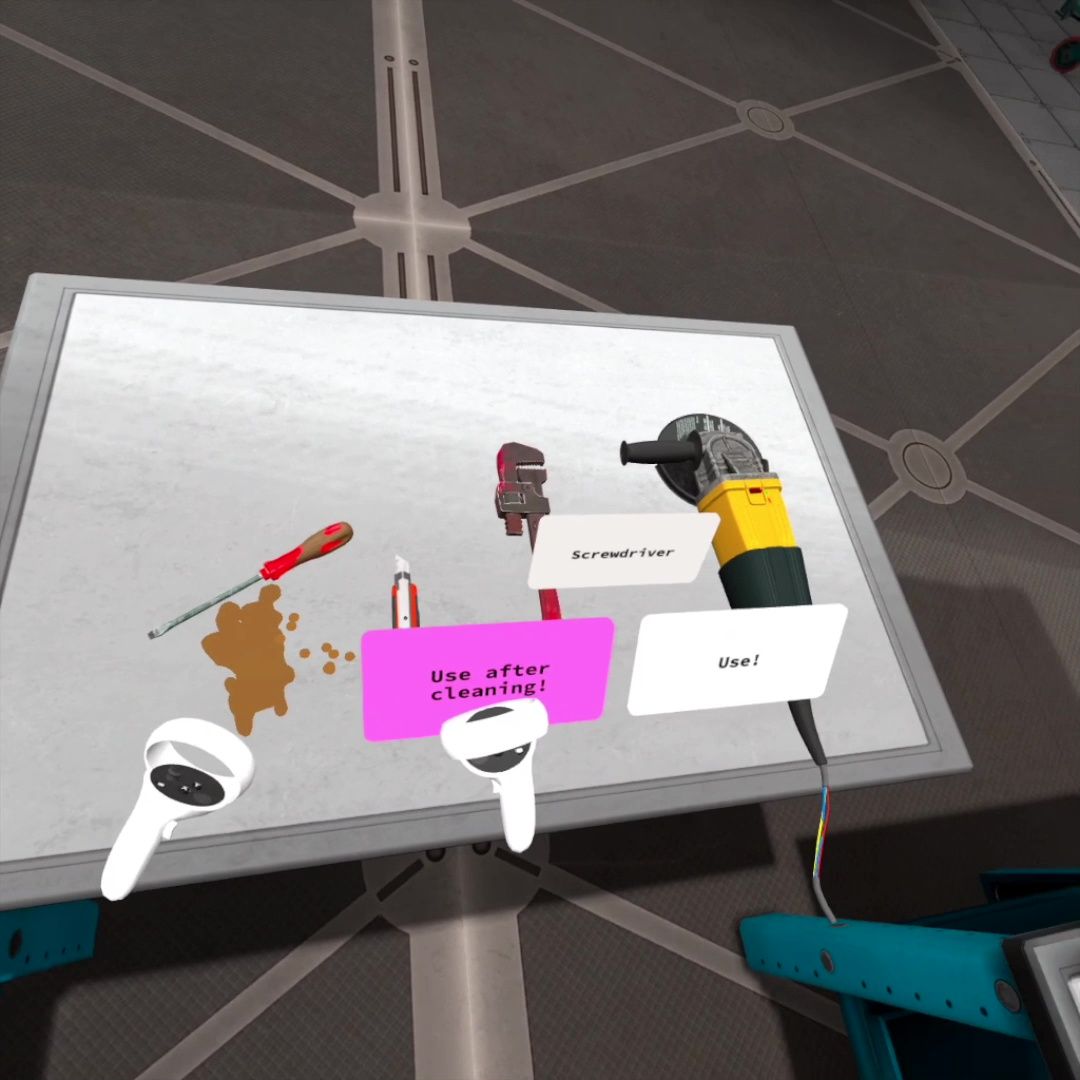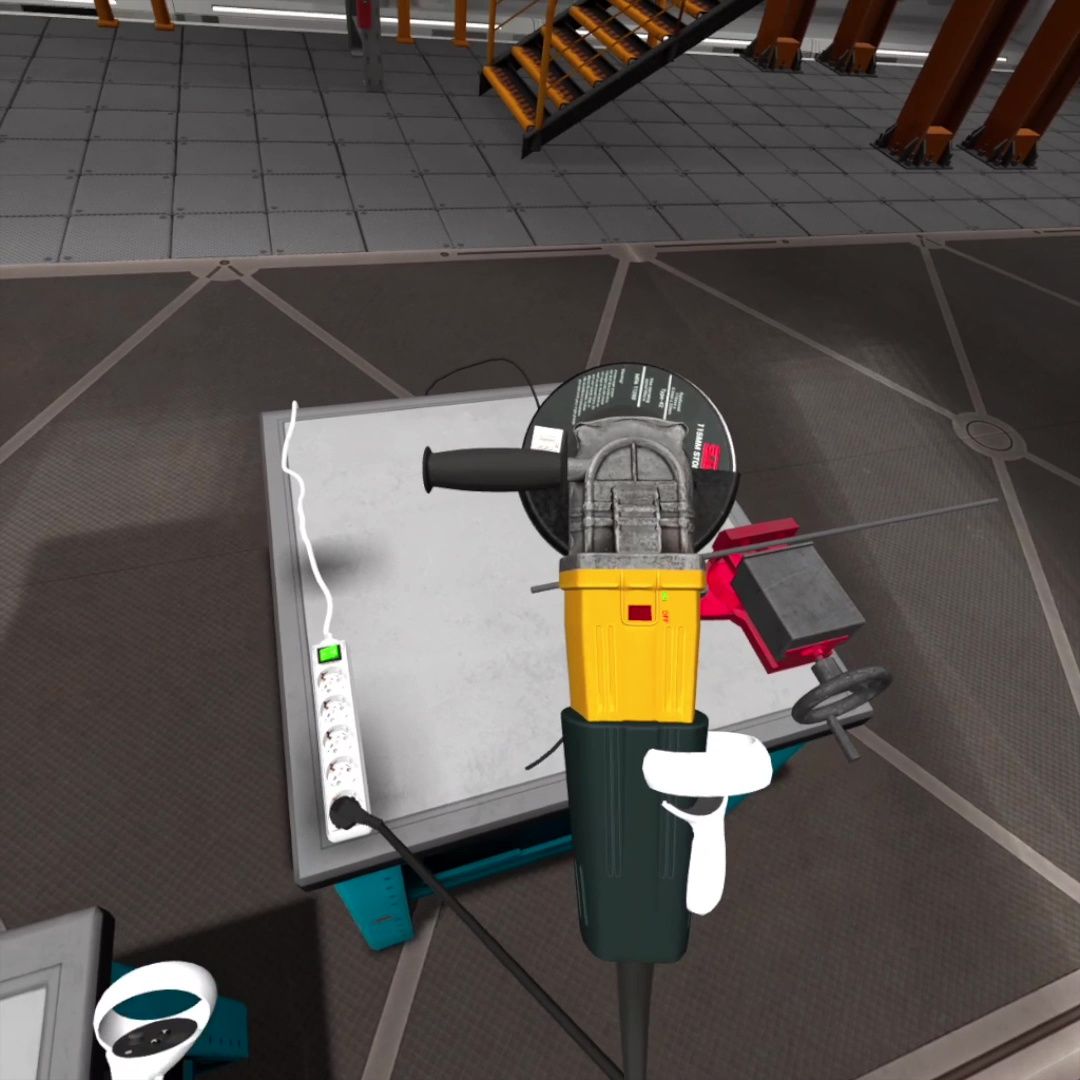Mastering Hand Tools Safety with Innovative VR Training: A Comprehensive Guide
Safety and efficiency are paramount in the ever-evolving maritime industry. Maritime Trainer’s Hand Tools Occupational Safety VR Training module offers a groundbreaking solution that combines cutting-edge technology with practical training. This comprehensive guide explores the various aspects of this innovative training module, emphasizing its benefits, features, and relevance to the industry.

Introduction
Safety in the maritime industry is non-negotiable. With the advent of Virtual Reality (VR) technology, training methods have taken a significant leap forward. Maritime Trainer’s Hand Tools Occupational Safety VR Training module is designed to equip maritime professionals with the skills and knowledge to safely and efficiently handle hand tools. This training module not only enhances safety practices but also boosts the overall proficiency of the workforce.
What is VR Training?
Virtual Reality (VR) training immerses users in a simulated environment that mimics real-life scenarios. This immersive experience allows trainees to practice and learn in a risk-free setting, making it an ideal tool for industries where safety and precision are critical. VR training modules can be accessed from anywhere, offering flexibility and convenience without compromising on the quality of training.
Key Features of the Hand Tools Occupational Safety VR Training
1. Realistic Scenarios: The VR module places trainees in lifelike scenarios where they can practice using hand tools in a controlled environment. This hands-on experience is crucial for mastering the use of these tools.
2. Comprehensive Guidance: Detailed instructions cover every aspect of hand tool safety, from preparation and maintenance to proper usage techniques. Trainees receive step-by-step guidance to ensure they understand and can apply these practices effectively.
Benefits of VR Training in the Maritime Industry
- Enhanced Safety Practices:
- Increased Efficiency and Proficiency:

Flexibility and Accessibility:
Cost-Effectiveness:
Real-Time Feedback and Improvement:
VR training's interactive nature allows for immediate feedback. Trainees can quickly identify and correct mistakes, leading to faster improvement and better retention of safety practices.
Read: The Role of Virtual Reality in Enhancing Maritime TrainingImplementing VR Training in Your Organization
Implementing VR training requires careful planning and execution. Here are the steps to successfully integrate the Hand Tools Occupational Safety VR Training module into your organization:
- Needs Assessment: Identify your workforce's specific training needs and determine the skills and knowledge gaps that the VR training module can address.
- Technology Setup: Ensure you have the necessary VR hardware and software, including VR headsets, compatible computers, and the VR training module itself.
- Curriculum Development: Customize the VR training content to align with your organization’s specific requirements. Collaborate with VR content developers to ensure the training scenarios are relevant and comprehensive.
4. Instructor Training: Prepare your training staff to facilitate VR sessions. This includes familiarizing them with the VR technology and integrating it into their teaching methodologies.

Conclusion
Maritime Trainer's Hand Tools Occupational Safety VR Training module represents a significant advancement in maritime training methods. By leveraging the power of VR technology, this training module offers a safe, effective, and engaging way for maritime professionals to master the use of hand tools. The benefits of VR training extend beyond improved safety practices to include increased efficiency, flexibility, and cost savings.
Embrace the future of maritime training with Maritime Trainer’s innovative VR solutions. Equip your workforce with the skills and knowledge they need to excel in their roles and contribute to a safer, more efficient maritime industry.
Contact us today for more information and to get started with the Hand Tools Occupational Safety VR Training module!
Contact us





